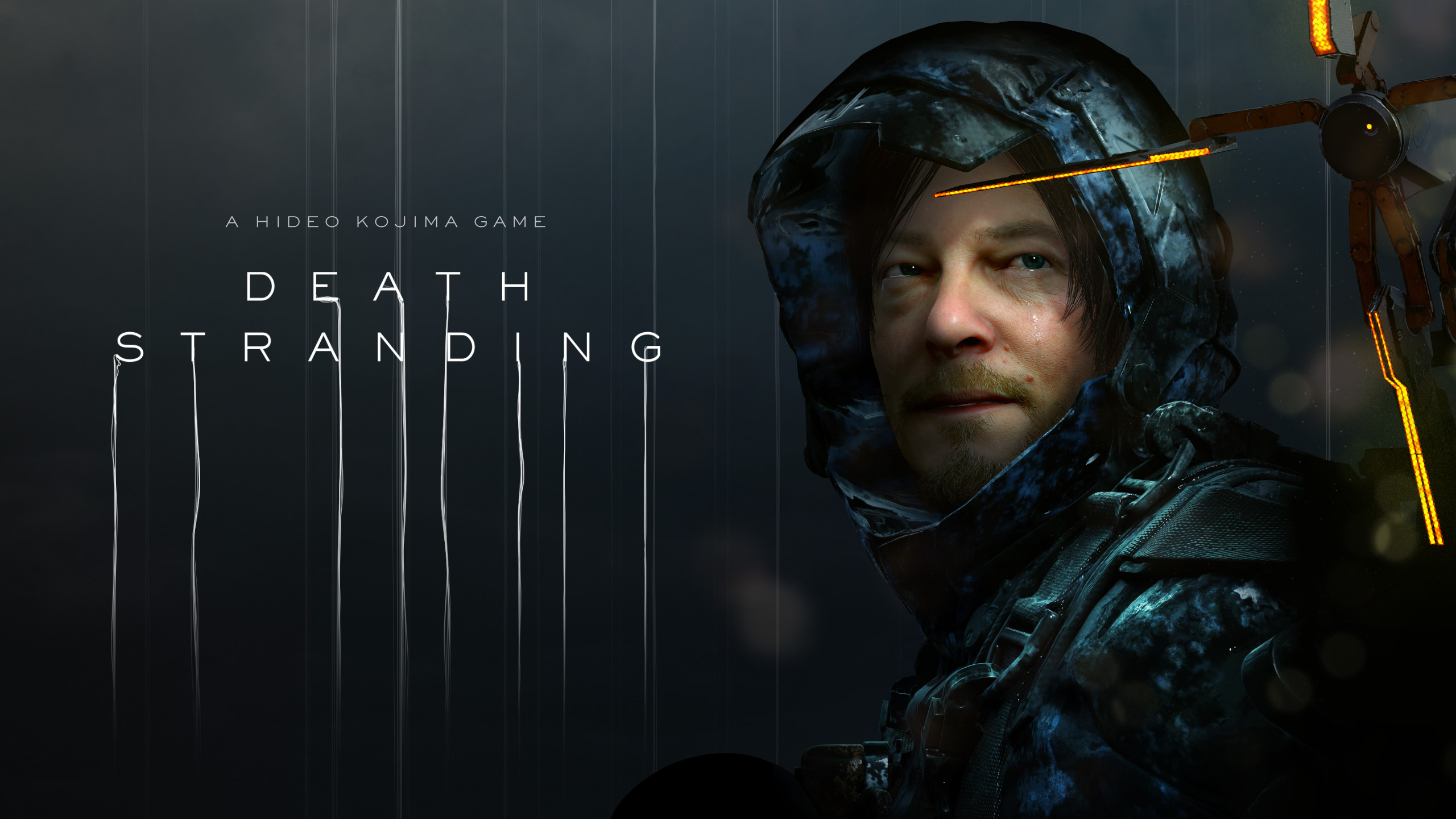
Death Stranding is an open-world walking simulator with action elements, released in November 2019 by the Kojima Productions of the legendary game producer Hideo Kojima.
The game is set in the post-apocalyptic United States: after a Void Eruption, the US was filled with Chiral Matter – a black, petroleum-textured substance transformed from corpses that can cause massive disasters.


Not only does the Chiral Matter block airwaves and signals and interrupt communications, it also generates “timefall”, exacerbating the aging process of any object it comes into contact with. To make matters worse, the combination of human corpses and the Beached Things (BTs) – monsters made by the Chiral Matter, triggers powerful explosions. Humans are thus effectively back in the caveman era: everyone is trapped in the safety of underground bunkers.
But the crisis also comes with opportunity. The Chiralium, a crystallization of Chiral Matter, has facilitated the advancement of human technology. Although the original ways of communication were interrupted, people once again established a more advanced Chiral network based on the study of the Chiralium.
The player’s mission is to travel (mainly) on foot from the east coast of the United States all the way to the west, transporting necessary supplies to the various large strongholds while also reconnecting the United States through the Chiral network.
“Connection” is at the core of the game, not only in the storyline, but also in the subtlety of gameplay design. Death Stranding is almost a pure single-player game, but players with similar progress can share all the facilities they have built up for easy access, including signposts, zip lines, bridges, and even highways. Kojima has explained the metaphor in his game designing: players will feel very lonely, and want to desperately restore connections with the outside and other people – which is the actual gameplay.
But is the “connection” real? People initially hoped that the Internet would create a decentralized society that would allow all information and resources to flow freely, but what really makes the Internet so powerful now is what the so-called “spirit of the Internet” opposes: the centralization of power and wealth. Death Stranding seems to have the same problem: the players are connected to eventually rebuild America with the inescapable premise that all players must be subject to the framework designed by game producers. Because it is a game with very little randomness and a fairly linear story flow (in other words,it does not have many characteristics which open world games are supposed to have ), the locations where players should build bridges or set up warning signs for danger areas are almost always fixed.

While we feel the bond with other players, the communication and collaboration that constitute the “connection” are forged into the flesh of what Srnicek calls “platform capitalism”. The “delivery guys” in the game and the real-life workers are internalized in this cooperation and linkage as part of the platform on which they depend. They do really exist in a unified narrative framework, but as invisible persons, or “atoms” that are actually isolated from each other to maintain the “connections that should exist”.
It is clear that this standardized, designer-centric game design and “connection” are at odds with each other: players who appear to be spontaneously connected to each other are in fact firmly controlled by a supernatural force from another universe. And why are we connected? What is the real connection? What does the connection mean to a reborn America? Kojima does not offer any explanation.
Optimistically speaking: in any case, the delightful cooperation and kindness we experience in the game from strangers is real, but we always need to know that Big Brother is watching us at all times.
Reference:
[1] Joe Juba. 2019. “Hideo Kojima Answers Our Questions About Death Stranding”
[2] Tobias Haberkorn. 2019. “Bigger Than the USSR: A Conversation with Nick Srnicek, Author of ‘Platform Capitalism'”
[3] Paquet, Alexandre. “Delivering Packages in Apocalyptic Times : Utopia and Collectives in Death Stranding.” REPLAYING JAPAN 3 (2021): 77–86.


Death Stranding is a very interesting game to pick apart when it comes to digital technology and its possibilities. Indeed, Death Stranding is a game that attempts to embody connectivity, not only in its story and gameplay, but also in its feature to have tools/sings which players have put down show up in other players’ worlds. It was not until I read this post that I realized how the game actually fails to do so by making the game very linear. Besides this, the game has very beautiful and ambient scenery and a grasping story line in my opinion so I’m glad you decided to write about it!
Thanks for your comment and sorry for the late reply!
If you strip storytelling out of the game and treat it as a pure walking simulator, it’s pretty much one of the best in the field. In other words, a Death Stranding as a walking simulator is better than a Death Stranding as an RPG (if it counts), and I’ve even used Death Stranding for a long time to visualize my fantasies of my walking trips through the polar tundra haha.
I found this to be a very nice commentary and analysis. I love the underlying subtle underlying premises games have and I really did think it executed it very well. I rarely do side objectives in games but with death stranding, the strange way they incorporated helping random players with their packages and building a shared road, without ever interacting with them, but knowing you are both on a similar journey, made most of these tasks feel like they were actually part of the game. I get what you’re saying about the developer determined framework, but I feel that this is unavoidable and compared to many of Hideo Kojimas games, I would even expect it to have more of that. I think some restraints and limitations in freedom are always needed to force an objective, and in this case, to make sense of the 7 hours of cutscenes Kojima just had to put in 😛